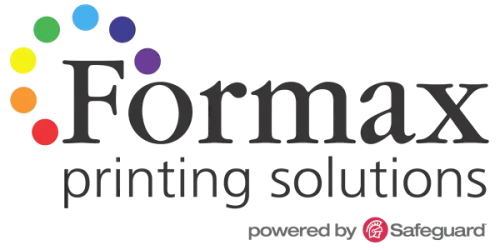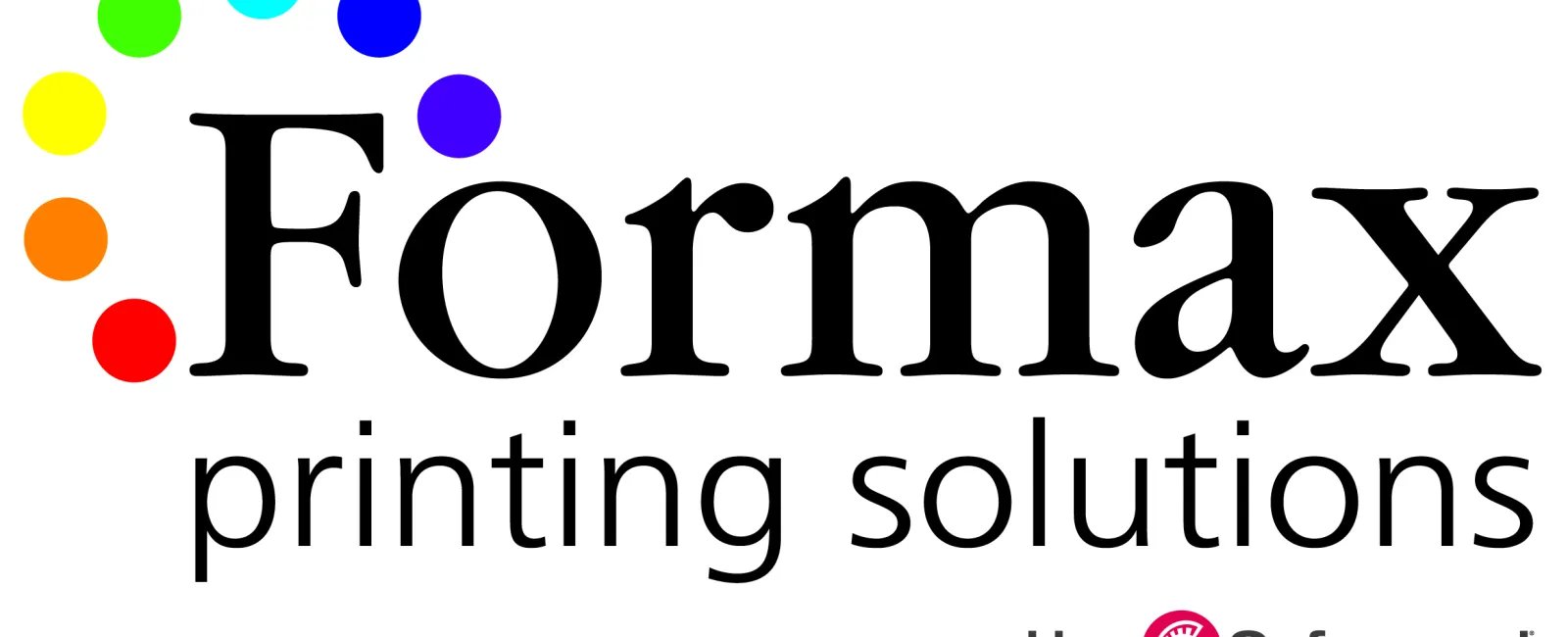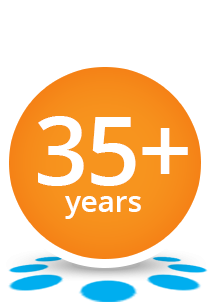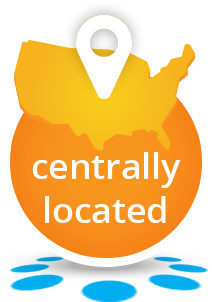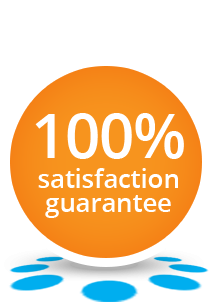Once your business or organization gets to the point where it is ordering books, catalogs, manuals, or other multi-page documents in longer runs, say quantities of 5,000 or more, you will have likely outgrown traditional sheet-fed printing methods.
Long-run print orders are actually a testament to an organization's success and enable the organization to capitalize on the economies of scale. At this point, knowing that the higher purchase volume will result in a lower unit cost, the search usually begins for ways to further maximize the print budget.
Maybe your business or organization has entered into the realm of long-run book printing and is now looking for the most efficient production methods. If this describes your situation, below are five cost-saving options you should explore-

1) Find a Printer with a Web Press - a web press is the most economical production method for high-volume projects. Unlike a sheet-fed press which prints on individual sheets, a web press is fed from a continuous roll of paper. When printing high-volume book projects, a web press offers two cost advantages over a sheet-fed press.
First, the paper cost is less. This is because paper bought in bulk rolls offers substantial savings over paper bought in cut sheets. Second, a web press can print on a lighter weight of paper than a sheet-fed press. Lighter paper is not only cheaper, it reduces the book's overall thickness-which helps lower the costs associated with storage and distribution. This can be an important factor, particularly for books with high page counts.
2) Match the Page Count to a Signature - A signature refers to a group of pages that are printed on both sides of a paper sheet. Once a signature is printed and folded, it becomes a specific number of pages within the book. For example, common signatures are 8, 16 or 32 pages.
Let's say your printer were to produce your book using 16-page signatures. If your book is currently 62 pages, adding two pages (even if left blank at the end of the book) would enable the page count to be an exact multiple of the print signature (64 pages in the book = 4 signatures x 16 pages per signature).
For the best value, contact your printer for the signature page count that matches your book's page size (also see #3 below), then try to design (or alter) the book's page count to be a multiple of the pages in the signature. This is great way to save money because it allows for the most efficient use of paper, printing plates, and production time.
3) Consider Tweaking the Page Size - All book printers have certain page sizes they offer as standard sizes. Just like the page count per signature, standard page sizes are determined by the type of production equipment used by the printer. Designing your page size to conform to one of your printer's standard page sizes will optimize the production of your book and keep the cost as low as possible.
Conversely, a book designed with non-standard page dimensions may not match well with any of your printer's presses. As a result, the production run would be inefficient and have a poor paper yield. The excess paper becomes waste and can add quite substantially to the cost of a book project. Needless to say, it is important to know which page sizes your printer can produce most economically. Sometimes tweaking your page dimensions by as little as 1/8" could result in substantial cost savings.
4) Use your Printer's Stock Paper - Using a "house sheet", a paper that your printer regularly carries in stock, will always be a cheaper option than having paper ordered specifically for your project. Most printers will have the popular paper choices in inventory, but specialty tinted or textured papers will likely need to be ordered in.
This means there is a good chance you may be charged for the entire roll of specialty paper, even if your project doesn't consume it all during production. So if cost is a major concern, just remember that stock papers will offer the best overall value for your project.
5) Use Black Ink for the Pages - The vast majority of the time, it is more cost-effective to print in black ink than it is to print in color. This is why so many books limit the use of color to the outside cover and print all of the interior pages in black ink. Basically, if the book contains mostly text, its pages should be printed in black ink to save money.
That said, color is still recommended for any books that are promotional in nature, such as product catalogs. Full color is also a necessity for books that require high visual appeal, such as magazines or cookbooks. But, if there is no real benefit to printing the pages in color, black and grayscale printing is by far the most economical way to go.
Formax is always happy to recommend ways to help lower your printing costs. If you have an upcoming project and would like to discuss various options for reducing the cost, just give us a call at 866-367-6221. Or, if you already know your specs and would like a quote, click here to access our simple quote request form. Let us help you save money by matching your book projects to the most efficient production methods!
Take care! Rick
